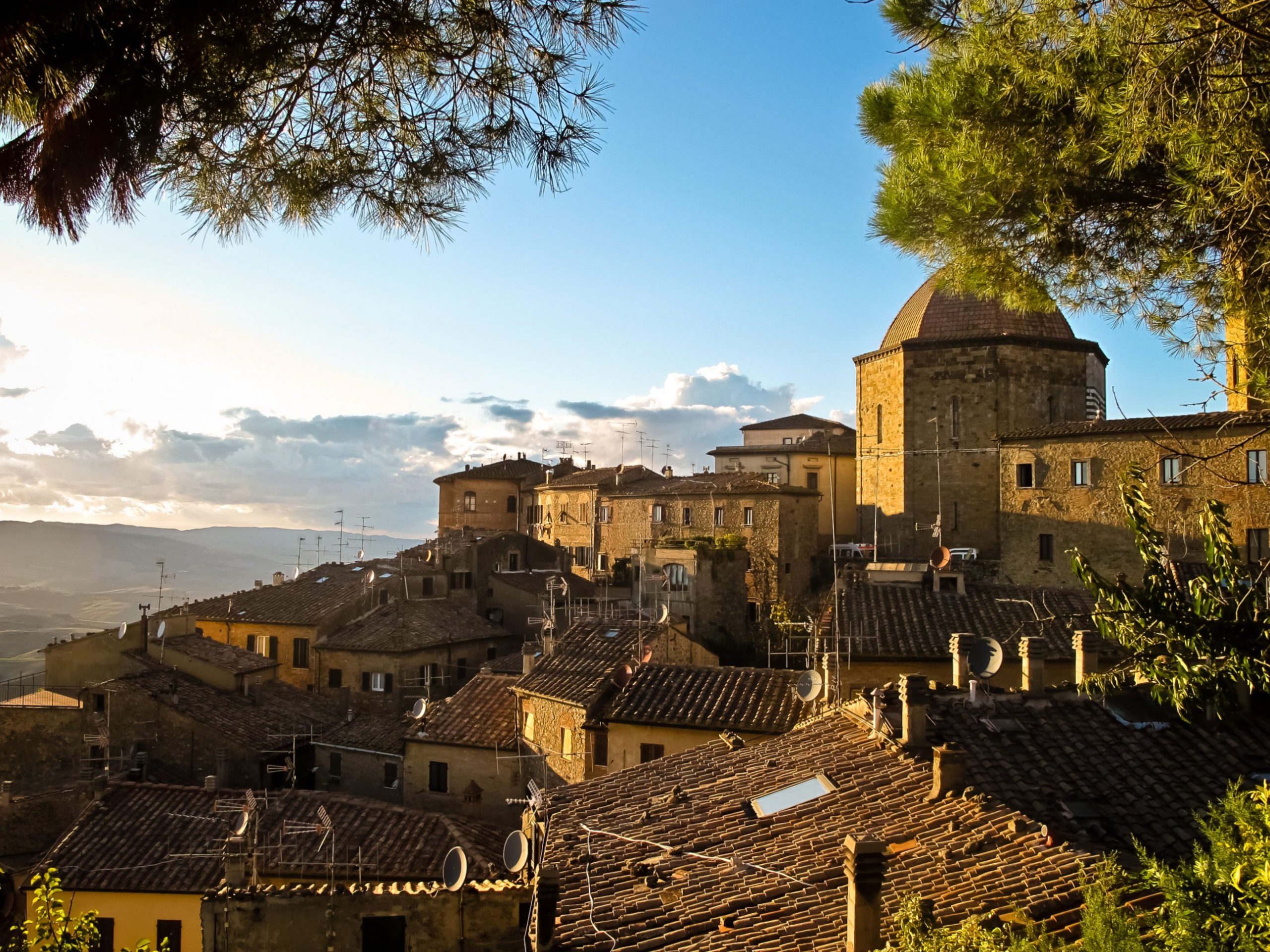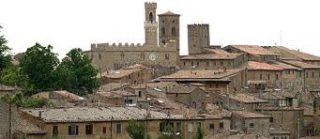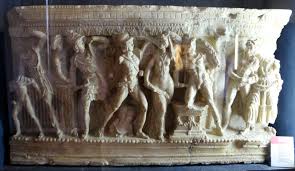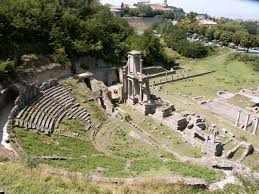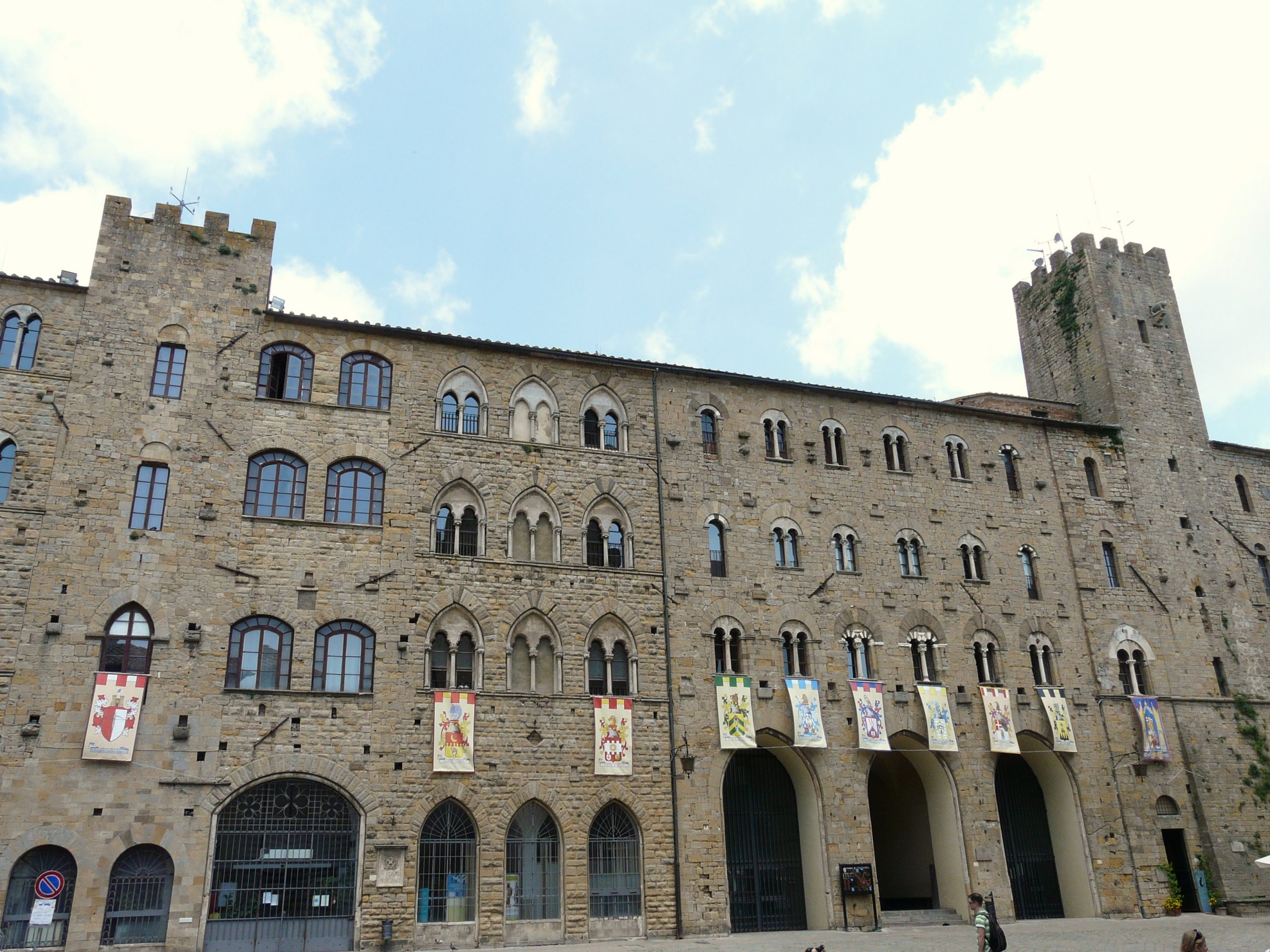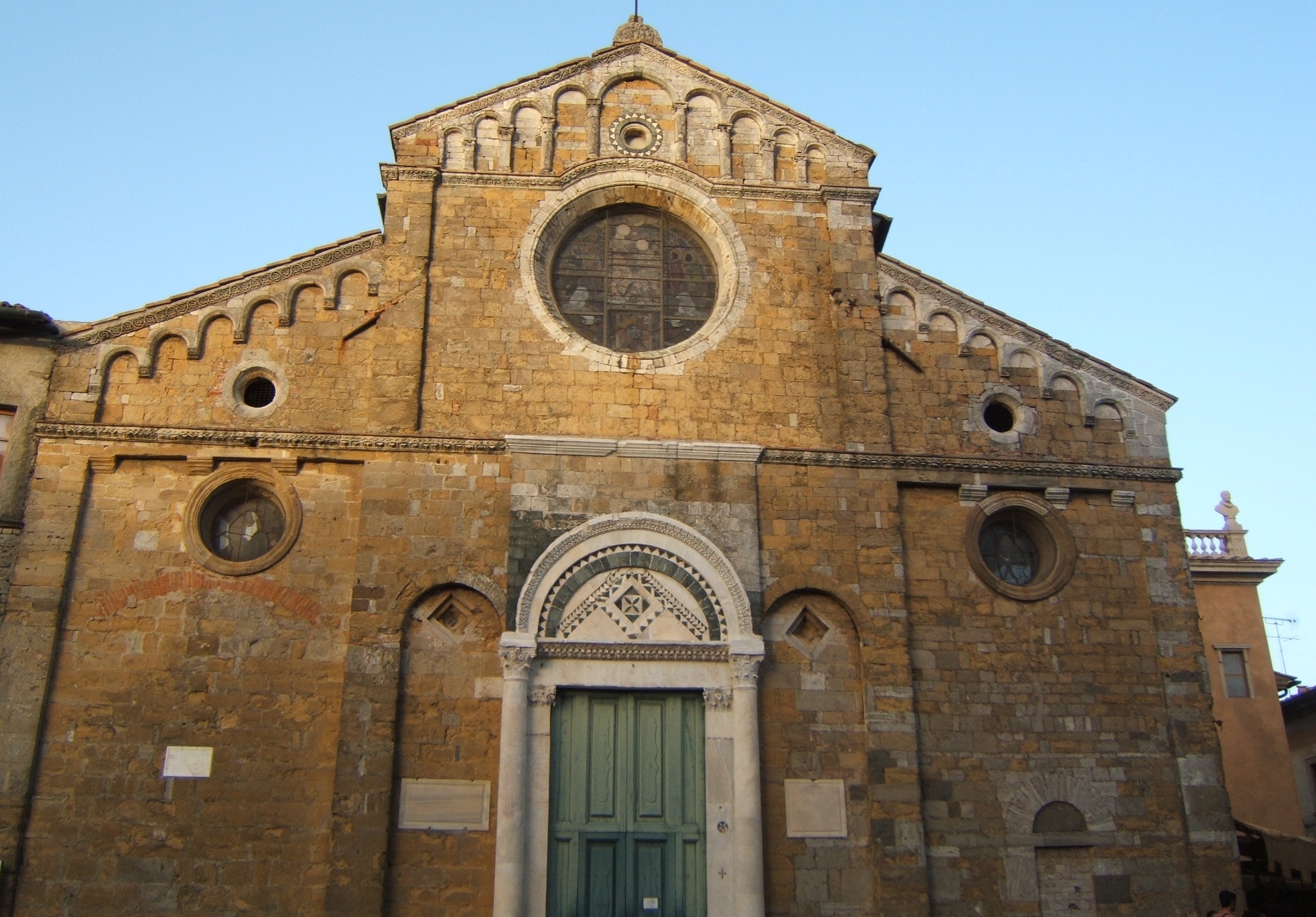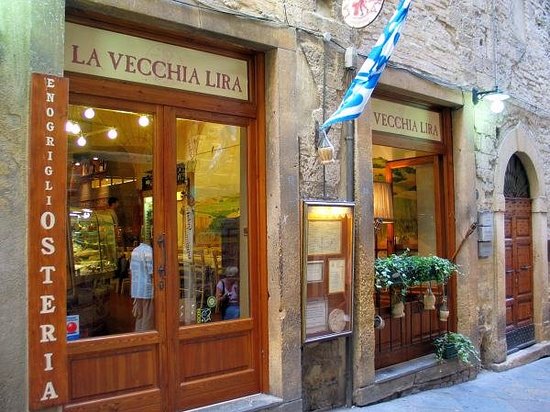Volterra is a charming medieval town in the province of Pisa, in Tuscany. From the top of its hill (555 metres above the sea level), we can enjoy a marvellous view: the Gulf of La Spezia, Mount Amiata, the Apennines and Corsica.
The town, which is famous for the extraction and processing of alabaster, preserves a historical centre with Etruscan walls, Roman ruins, Medieval churches and towers and Renaissance buildings.
FOCUS ONHISTORYThe origins of Volterra, called Velathri by the Etruscans and Voleterrae by the Romans, go back to the pre-historic times. The first inhabitants of Volterra were the Etruscans. The Etruscan Age was a flourishing economic period: at that time the economy was based on agricultural activities, the production of alabaster and the exploitation of the mineral resources of the area.In the 3rd century BC,
Volterra surrendered to the Romans.In the 5th century the town became a Bishop’s residence and in the 12h century it became a free city, but its independence did not last long because the powerful Republic of Florence conquered it in 1472. Later Volterra became part of the Grand Duchy of Tuscany and in 1860 it became part of the Kingdom of Italy.
|
Our tour begins at Le Balze, which are a typical feature of Volterra’s landscape.

These natural historic monuments show a part of Tuscany was covered by the sea many centuries ago. In this area, there have been frequent landslides, which have destroyed much of the precious history of the Etruscan Velathri.
Leaving Le Balze behind us we head off to Porta all’Arco, which is part of the Etruscan Walls. It was built in the southern part of the city in the 3rd century BC. Its inner and outer sides have a large arch over four metres wide built in large blocks of “tufa”. Three heads representing Jupiter and other gods or warriors are set in the arch. They are probably symbols of them enemies’ trophy heads.
Our tour continues towards Piazza dei Priori, a square lined with ancient palaces such as Palazzo del Monte Pio, Palazzo Pretorio, Palazzo Incontri, seat of “Cassa di Risparmio di Volterra”, Palazzo Vescovile and La Torre del Podestà.

In this square we can admire Palazzo dei Priori, the most ancient palace in Volterra. It was designed by Maestro Riccardo in the 13th century and today it is the seat of the Town Hall. Its façade is decorated with della Robbia’s “terracotta” coats of arms and two Marzocco lions, symbol of the Florentine rule, the well-known “Canna Volterrana”, the Medieval standard measurement of the Town Hall, and a lovely clock. Palazzo dei Priori houses the magnificent Council Hall containing many works of art such as Donato Mascagni’s “L e Nozze di Cana”.
e Nozze di Cana”.
Leaving this palace behind us we head off to Piazza San Giovanni, where we can admire San Giovanni’s Baptistery, which has an octagonal shape and houses a wonderful holy water stoup, a 15th-century baptismal font and Mino da Fiesole’s altar.
This 13th-century Romanesque building stands opposite the Cathedral of Santa Maria Assunta, which was built in the 12th century on the site of a pre-existing church dedicated to the Holy Mary.
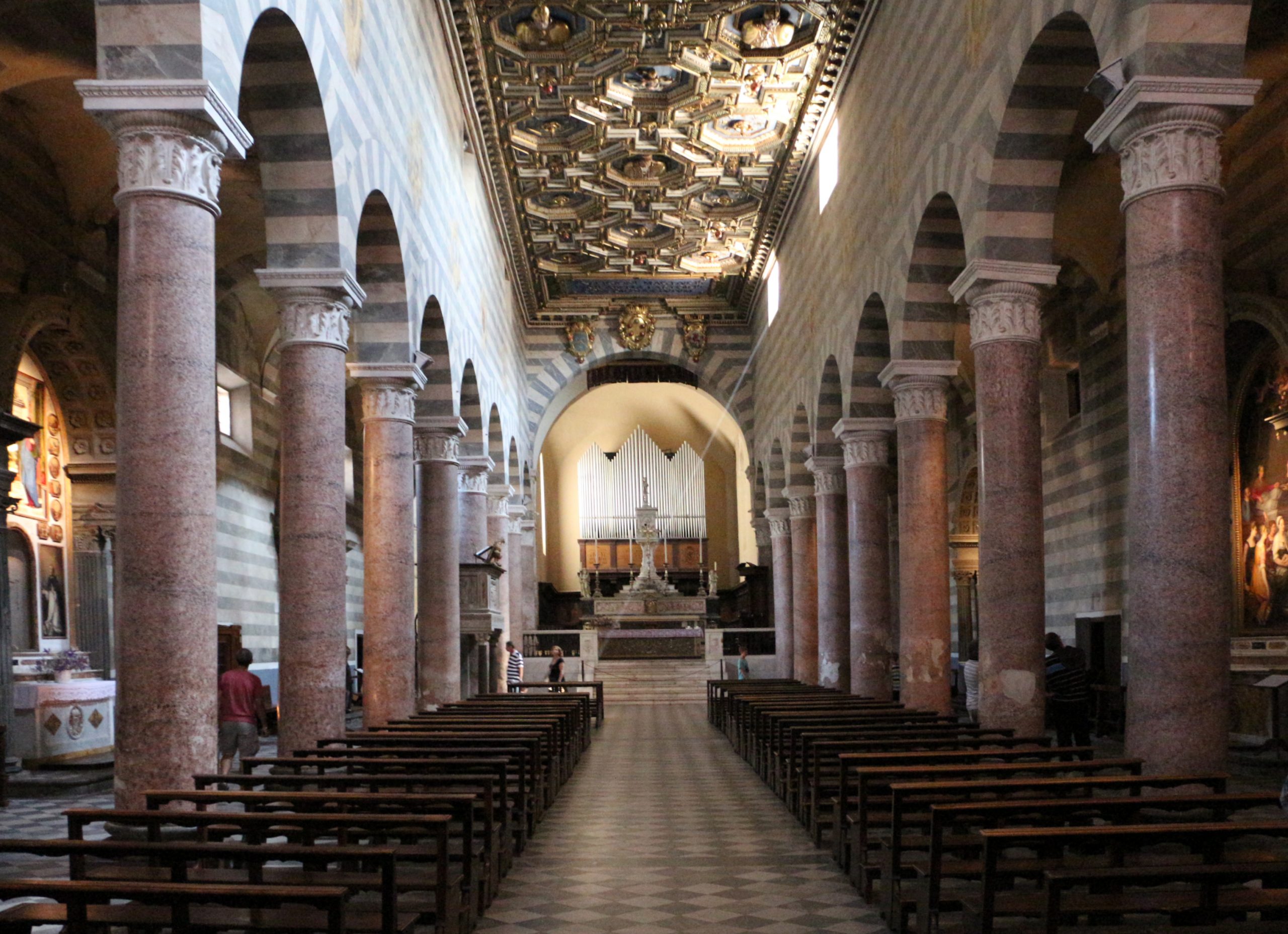 The Cathedral is in the late Renaissance style but it still preserves a Romanesque façade, a Romanesque Latin cross and a nave flanked by two aisles. The columns dividing the nave from the aisles were decorated in stucco by Gianpaolo Rossetti. The church houses many works of art such as Mino da Fiesole’s altar and a 12th-century pulpit. Benozzo Gozzoli’s “Arrival of the Magi” is frescoed on the walls of the Chapel of our “Lady of Sorrow”.
The Cathedral is in the late Renaissance style but it still preserves a Romanesque façade, a Romanesque Latin cross and a nave flanked by two aisles. The columns dividing the nave from the aisles were decorated in stucco by Gianpaolo Rossetti. The church houses many works of art such as Mino da Fiesole’s altar and a 12th-century pulpit. Benozzo Gozzoli’s “Arrival of the Magi” is frescoed on the walls of the Chapel of our “Lady of Sorrow”.
Near the cathedral, we can admire the Sacred Art Museum, which is housed in the Bishop’s Palace. It contains a collection of paintings, sculptures and other works of art such as a bronze crucifix by Gianbologna, Giovanni della Robbia’s bust and a Roman sarcophagus.
Our walking tour continues with Palazzo Minucci-Solaini, one of the most spectacular buildings in Volterra. This palace houses the Civic Museum and the Art Gallery. It was built by the Minucci family in the 16th century and it has a Renaissance façade and a charming courtyard. It contains beautiful works of art by famous artists including Luca Signorelli and Ghirlandaio.
This palace also houses The Alabaster Ecomuseum, which offers an exhibition of alabaster artefacts arranged in a chronological order starting from the Etruscan period to the present day. It also offers the chance to visit an old workshop.
The exhibition illustrates the excavations of alabaster, its qualities, the styles and models used by the sculptors and the story of the alabaster artisans who brought alabaster artefacts all over the world bringing economic wealth to Volterra. The city has an inestimable collection of alabaster sculptures and the Ecomuseum is only a small part of this heritage.
During the walking tour we stop for lunch at the typical restaurant, La Vecchia Lira, where you can taste typical Tuscan dishes. Here you can taste a selection of mixed cold cuts, “polenta”,“pici cacao e pepe”, “ravioli” or “gnocchi” with courgette and prawn sauce as a first course and after that you can choose Chianina steak, wild boar with potatoes and “tiramisu’“.
After lunch, we head for the Roman Theatre, one of the finest Roman theatres in Italy. It was commissioned by two Roman Consuls in the 1st century BC. and in 42 AD. during the reigns of Augustus and Tiberius. A good part of the stage, the “Cavea” and the fine quadrangular portico are fairly well-preserved.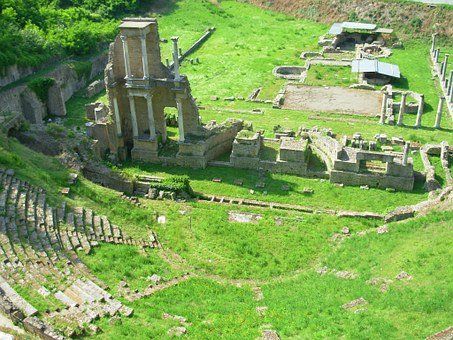
The “Cavea” or the seating area is composed of two tiers of steps: the “Ima Cavea” with ten rows of seats in limestone and the “media Cavea” with nine rows of seats in the same stone. It hosted from 1.800 to 2000 spectators. Above the “media Cavea” a semi-circular arched corridor, the “Crypta”, with eleven doors, gave access to the seating area and supported the “summa Cavea”, no longer visible. At the foot of the seating area there is an orchestra enclosed by a low marble slab wall.
Near the theatre we will also see The Roman Baths, located outside Porta San Felice. This thermal complex, dedicated to Emperor Gordian, dates back to the 3rd century BC. We can still see the remains of the furnace for heating, two bathrooms for the cold immersions, a room for warm baths, a room for hot baths and a room for the sauna.
We next visit the famous Guarnacci Etruscan Museum, named after Mario Guarnacci, a priest and scholar who completed the collection of Etruscan artefacts begun by Cardinale Franceschini in the 18th century. The museum contains one of the richest collections of Etruscan antiquities in Italy and it is located in Palazzo Desideri-Tangassi.
These antiquities are arranged in a chronological order to offer an overview of the historical development of the Etruscan Velathri. The museum contains three different sections. In the “Prehistoric Section”, we can admire funerary objects dating back to the Bronze Age and the Iron Age. In the “Etruscan Section” there are over 600 Etruscan funerary urns and in the “Roman Section” there are Roman sculptures, mosaics and objects.
The most important pieces on show are a warrior’s tomb and his personal items and the 6th-century BC “tufa” funeral “Stele of Avile Tite” representing a warrior with a sword a lance. We can also see many tombs and funerary objects dating back to the Hellenistic Period such as bronze artefacts, minted coins, ceramic and terracotta vases and jugs.
Our tour ends with the Church of San Francesco, located near the gate, which bears the same name. The Church has a Romanesque façade and it was built in the 13th century.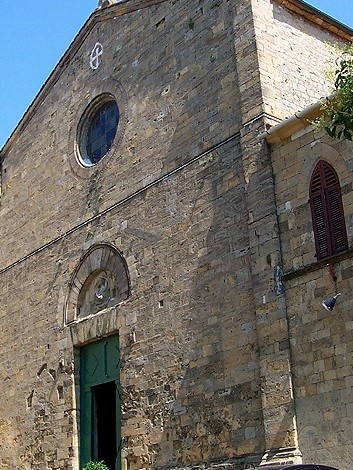
Inside the Church we can admire four magnificent monuments belonging to the Count Guidi Family, a famous noble family, and Cenni di Francesco Cenni’s frescos dating back to the 15th century.
